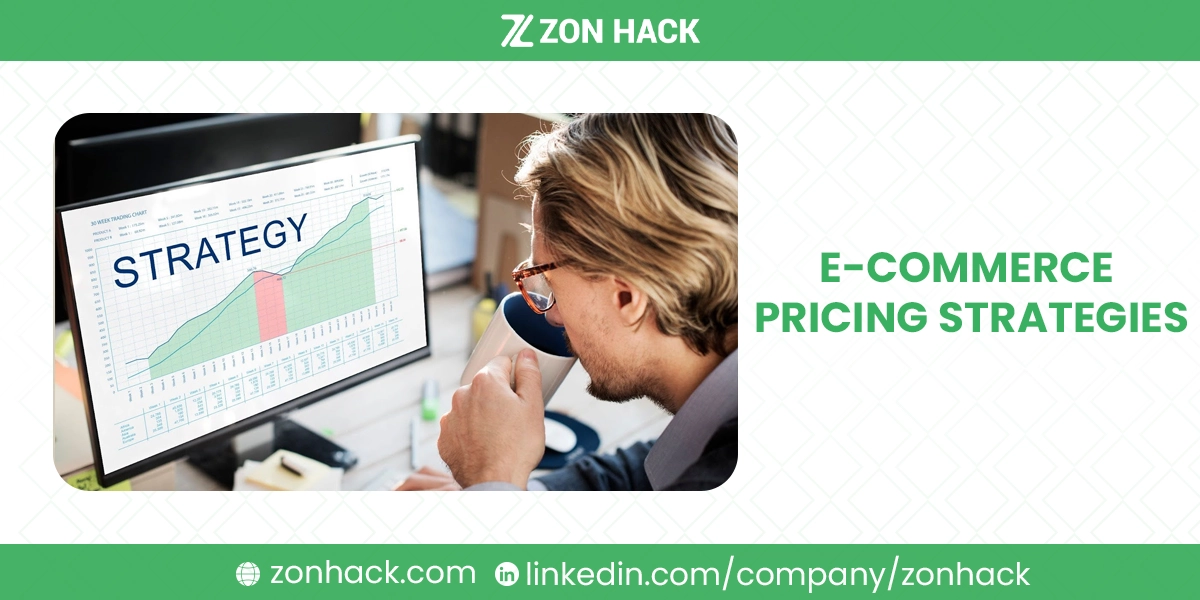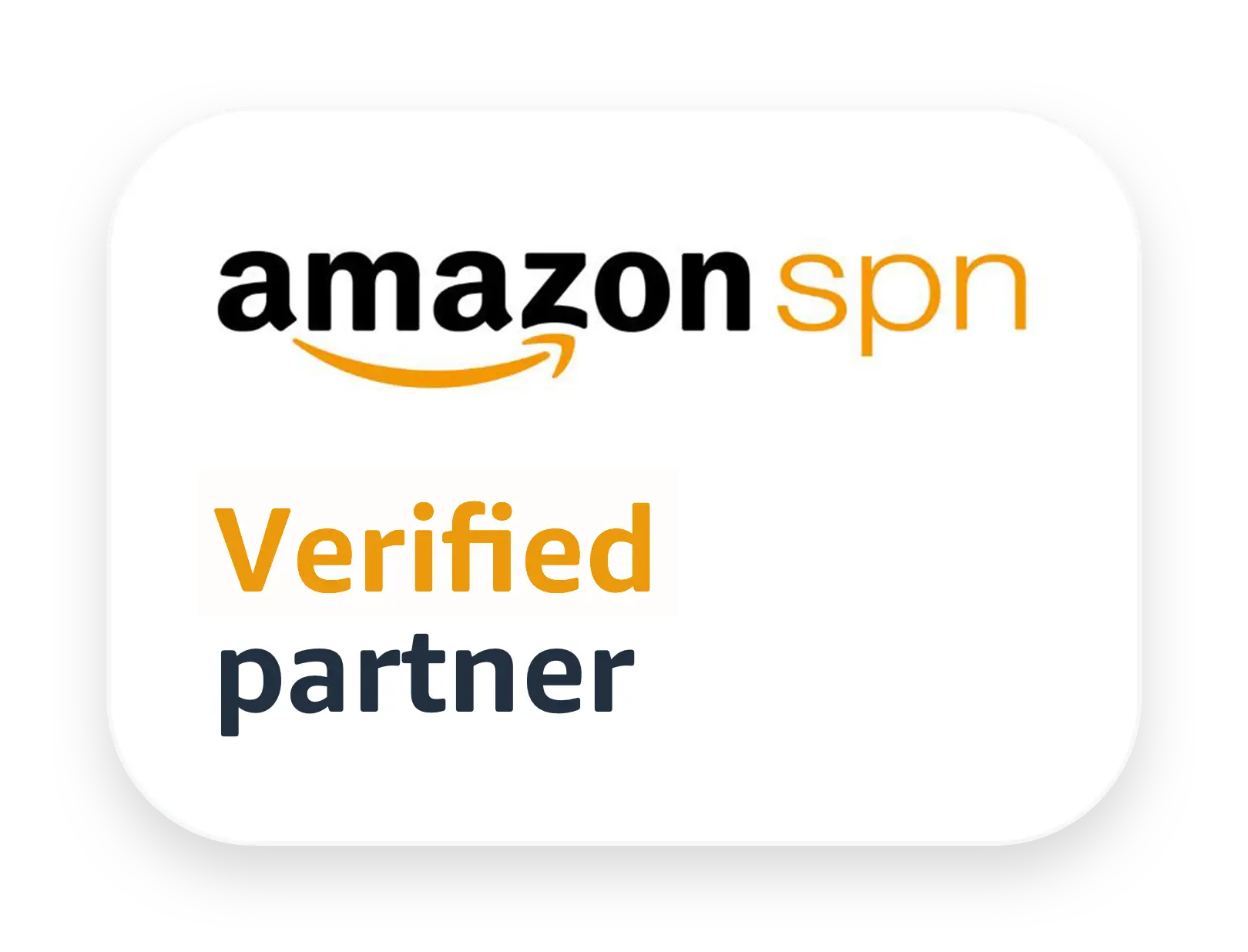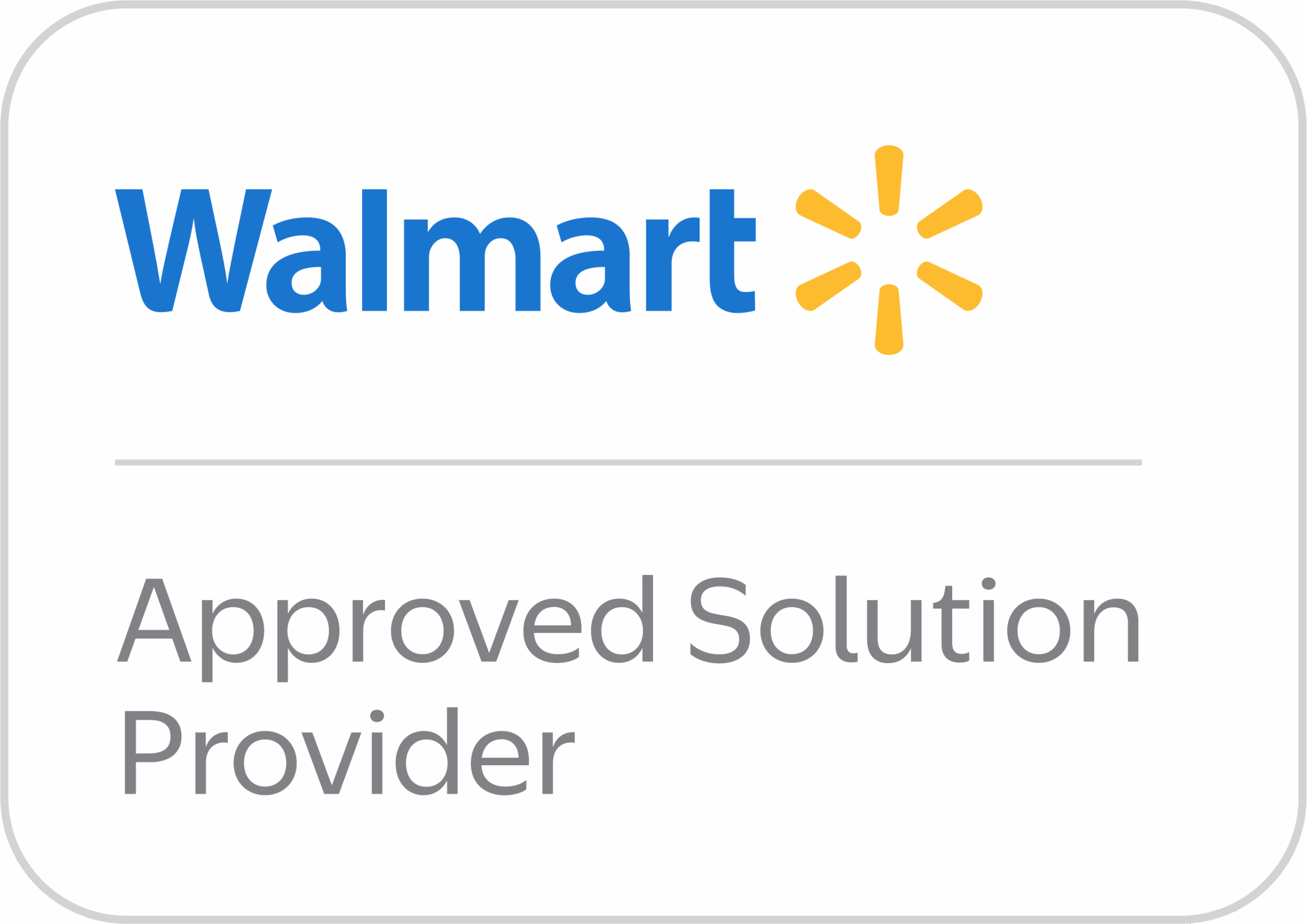When it comes to running an online store, pricing is one of the biggest game-changers. A price that’s too high can scare buyers away. A price that’s too low can eat up your profit. Finding the right balance is what separates a struggling store from a thriving one.
The good news? You don’t need a crystal ball to figure it out. With the right ecommerce pricing strategies, you can position your products smartly, attract the right customers, and boost your revenue. Let’s walk through some of the most effective pricing approaches and see how they work in real life.
Core Pricing Strategies for E-commerce
The foundation of your e-commerce pricing strategy rests on a few core methods. These are the basic blueprints that help you cover your costs, deal with the competition, or tap into the value you provide. I use these every day to anchor my pricing decisions.
Cost-Plus Pricing (Markup Pricing)
This is perhaps the most straightforward way to set a price, and I find it quite comforting in its simplicity.
How it works: I start by calculating every single cost associated with getting my product to the customer—that means the cost of the goods themselves, shipping, storage, and even my overhead (like website hosting or utilities). Once I have that total cost, I add a fixed percentage markup. This markup is my profit margin. If a product costs me $10 to source and ship, and I want a 50% profit margin, I’ll price it at $15. Easy-peasy.
Best for: I find this method works best for my business when I have products with stable costs, or when I need to price a high volume of similar, low-value items very quickly, like a fast-moving retailer. Simplicity often wins when you have a lot to manage.
Pro: The biggest benefit is that it is incredibly simple to calculate. More importantly, it ensures I always cover my costs and guarantee a minimum profit. I never have to worry about accidentally selling at a loss.
Con: The downside is that this method is a bit of an ostrich with its head in the sand. It completely ignores what my competitors are charging. It also doesn’t care about the customer’s perceived value—the maximum price they might actually be willing to pay. I could be leaving a lot of potential profit on the table.
Competitive Pricing
When I’m operating in a crowded space, I have to be keenly aware of what everyone else is doing. That’s where competitive pricing steps in.
How it works: I set my prices by closely observing and benchmarking against what my main competitors are charging for similar products. Sometimes I choose to price slightly lower to attract price-sensitive shoppers. Other times, if my brand offers better service or a slight quality advantage, I might price the same or even a bit higher. It’s all about my market positioning.
Best for: I rely heavily on this in highly competitive markets where the products are essentially interchangeable. Think of things like basic electronics, common tools, or many household goods. In those spaces, price often becomes the tie-breaker for the customer.
Pro: This strategy is fantastic for attracting price-sensitive customers and keeping my business relevant in a busy marketplace. It sends a strong signal to shoppers that my prices are fair and in line with the market.
Con: The significant risk here is that it can easily lead to a destructive “race to the bottom” or a price war. If I constantly match the lowest price, my profit margins can quickly disappear. Plus, if my product offers unique or superior value, this strategy doesn’t effectively capture that extra worth.
Value-Based Pricing (Consumer-Based Pricing)
This is my favorite strategy when I know my product is truly special, unique, or solves a big problem for my customer.
How it works: With this strategy, I flip the script. Instead of looking inward at my costs or outward at my competitors, I look intensely at the customer. My price is determined by the maximum monetary or emotional value the customer perceives they will get from my product. If my widget saves them 10 hours of labor per month, that’s a lot of value I can tap into!
Best for: I use value-based pricing for my most unique, highly differentiated, or luxury products. This is where my brand prestige, superior quality, or a truly exceptional solution justifies asking for a premium price.
Pro: The huge win here is that it maximizes profitability. I capture the full extent of the value a customer is willing to pay for. This is where the highest margins live.
Con: It requires a lot of hard work! I need to do deep market research to truly understand my customer’s perception of value. Also, I must have a strong brand and compelling marketing to successfully justify those higher prices. If my customer doesn’t see the value, the strategy falls flat.
Market Entry & Positioning Strategies
When I launch a new product or enter a new market, I can’t just rely on the core strategies. I need an aggressive plan to position myself for success, and these two strategies are the heavy hitters.
Price Skimming
I like to think of this as the “get it while it’s hot” strategy. It’s for the innovators among us.
How it works: When I have a brand-new, innovative product with little to no competition, I set a very high initial price. I’m targeting the enthusiastic early adopters who are willing to pay a premium to be the first to own the latest thing. As the market matures and competitors inevitably arrive, I gradually lower the price over time to attract the more budget-conscious mainstream buyers.
Best for: This is perfect for truly unique products or new technology where I have a temporary monopoly—think of the launch of a new tech gadget or a revolutionary piece of equipment.
Pro: The best part? It allows me to recoup my significant development and initial marketing costs very quickly. It also instantly creates a high-quality, premium brand image right out of the gate.
Con: The high prices can discourage mass adoption initially. More importantly, once the market is proven and profitable, the high margins are like a magnet for competitors, who will quickly enter the space.
Penetration Pricing
If skimming is the slow and steady premium approach, penetration pricing is the aggressive market takeover.
How it works: I set a very low, almost irresistible initial price for my new product. The goal isn’t profit in the first few months. The goal is rapid, massive market share and instant brand recognition. Once I’ve built a solid customer base and brand loyalty, I plan to gradually and carefully raise the price.
Best for: I use this when I’m entering a market that is already saturated with similar products, or when I’m launching a new product where a low price is the key factor to get people to try it and switch from an existing solution.
Pro: This strategy is unbeatable for building market share incredibly fast and attracting a large initial customer base. I get those first crucial sales and those vital customer reviews.
Con: The biggest hurdle is managing customer expectations. If I set the price too low for too long, my customers become accustomed to it. It can be very difficult to raise prices later without causing customer backlash or a significant drop-off in sales. I have to be smart about when and how I start increasing the price.
Dynamic & Psychological Strategies
Once I have my foundational price set, I look to these advanced tactics. They help me optimize that price in real time or leverage basic human psychology to increase conversions. This is where the real e-commerce magic happens.
Dynamic Pricing
This is the ultimate evolution of pricing. It’s about letting the market set the price, moment by moment.
How it works: My prices aren’t static; they change in real-time. I use sophisticated software that monitors market demand, my competitor’s current prices, the time of day, how many items I have in stock, and even the customer’s browsing behavior. A price might go up at 5 PM when people are off work and shopping, or it might drop instantly if a major competitor runs a sale.
Best for: This strategy is essential for large e-tailers, massive online marketplaces like Amazon, and highly volatile sectors like travel, airline tickets, and concert sales. High volume and rapid market changes are the keys here.
Pro: This is the most effective way to maximize revenue and profit. I am optimizing my prices for the current, live market conditions, ensuring I never leave money on the table when demand is high.
Con: The technology needed to pull this off is complex and can be expensive. It requires specialized pricing automation tools and a massive amount of data to be truly effective. I can’t just do this with a spreadsheet.
Psychological Pricing
This strategy is pure theater—it uses subtle tactics to make the customer feel like they are getting a better deal, even if the difference is tiny.
How it works: I use various well-known pricing tricks to influence how a customer perceives my price. The most common is Charm Pricing—ending prices in $0.99 (like $19.99 instead of $20.00). Customers are psychologically trained to focus on the first digit, making the price feel closer to $19 than $20. Another powerful tactic is Anchoring—I’ll show the higher, original price (the “anchor”) crossed out right next to the lower, discounted price. This makes the discounted price look dramatically better.
Best for: I find these tactics are best for boosting sales on impulse buys, everyday necessity items, or during a site-wide sale event. They help push that customer who is “on the fence.”
Bundle Pricing
I love using bundle pricing because it’s a win-win: I increase my sales, and the customer gets a perceived deal.
How it works: I package multiple, complementary products together for a single price. Crucially, this single price is always lower than what the customer would pay if they bought each item individually. For example, a camera, a lens cleaner, and a protective case are sold as one “Starter Kit.”
Best for: I use this strategy often for increasing my average order value (AOV)—getting customers to spend more in a single transaction. It’s also a great way to sell off slower-moving inventory by pairing it with a much more popular, must-have item.
Conclusion
Finding the right pricing strategy for your ecommerce business isn’t about guessing—it’s about knowing your product, your market, and your customers. Whether you’re keeping it simple with cost-plus, going bold with value-based, or testing dynamic tools, the key is to stay flexible. Remember, pricing isn’t permanent. You can adjust and refine as your business grows and the market shifts. Start by testing a few strategies, track what works, and build from there.




